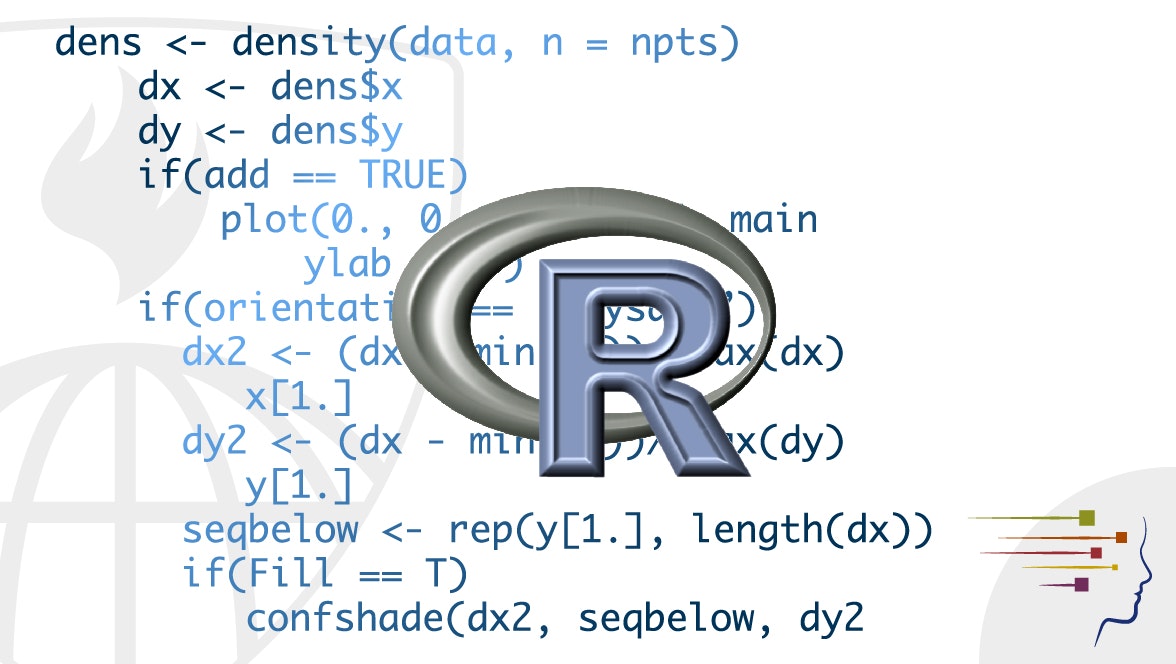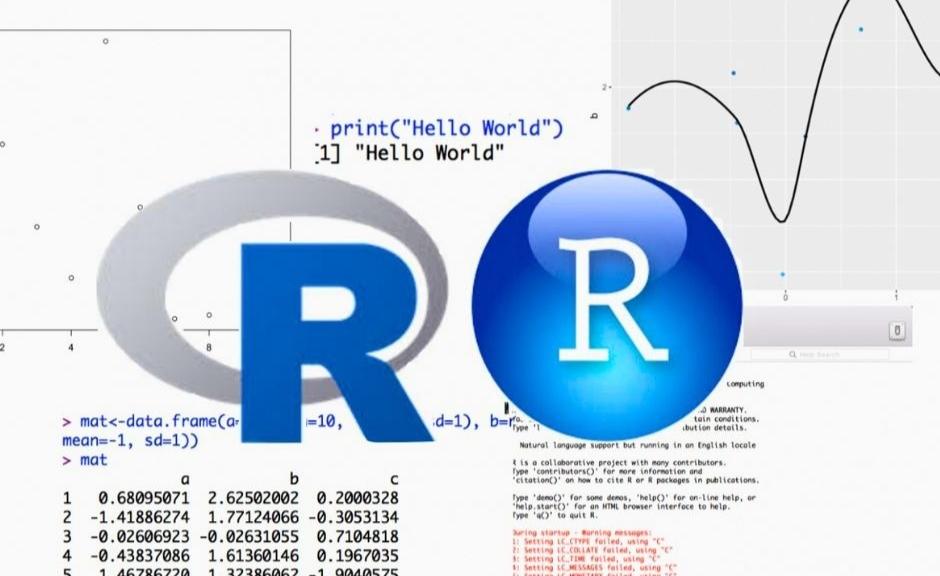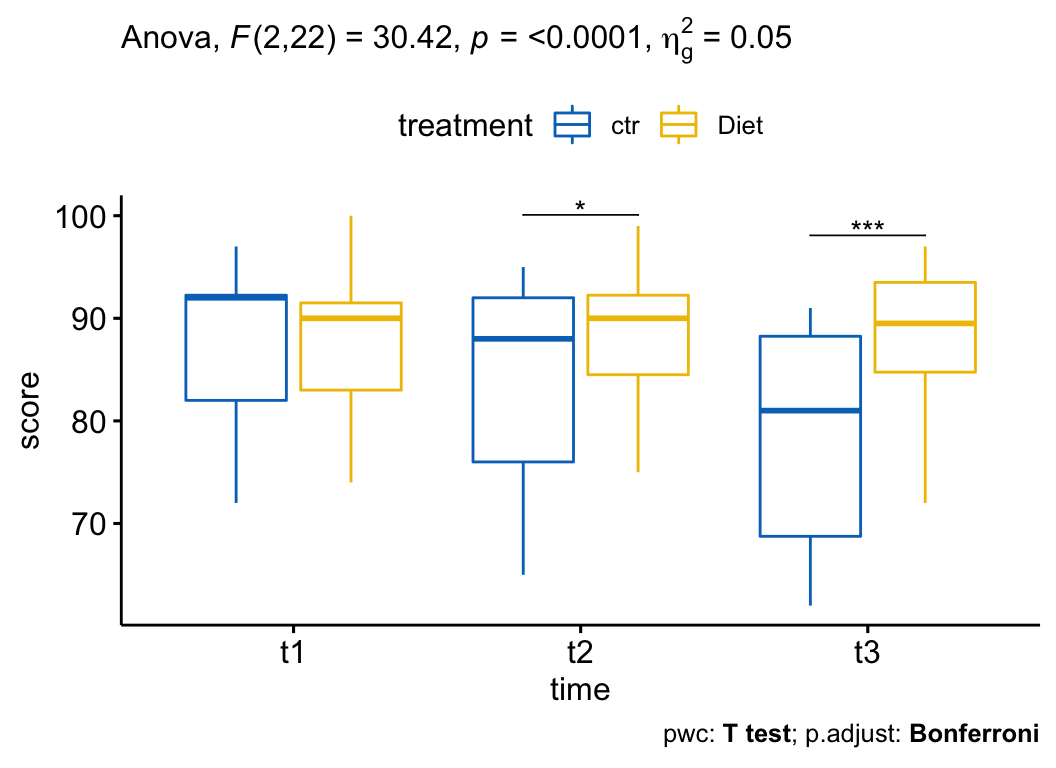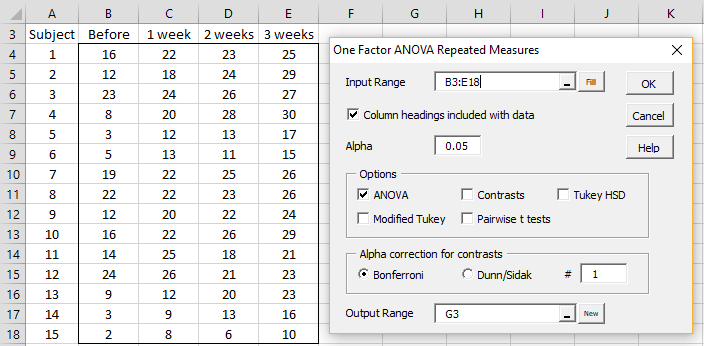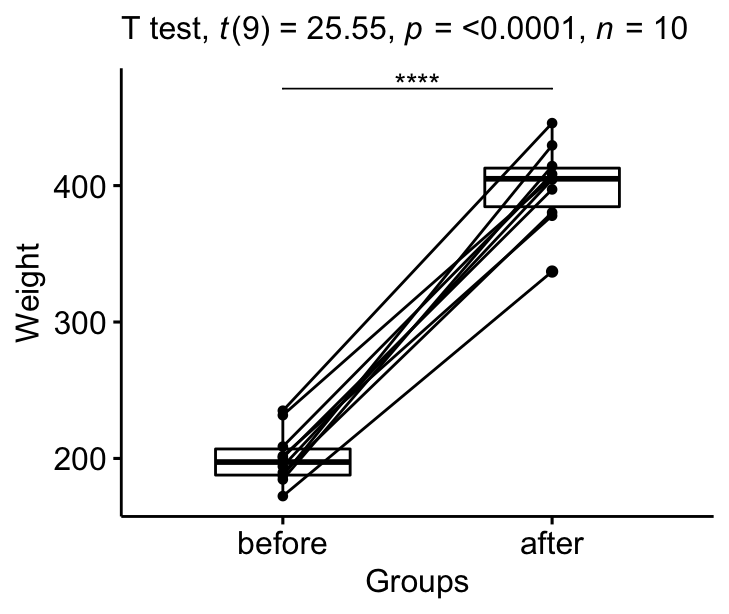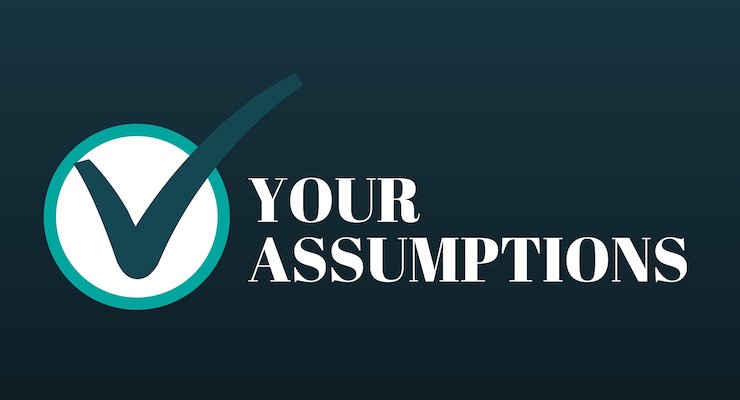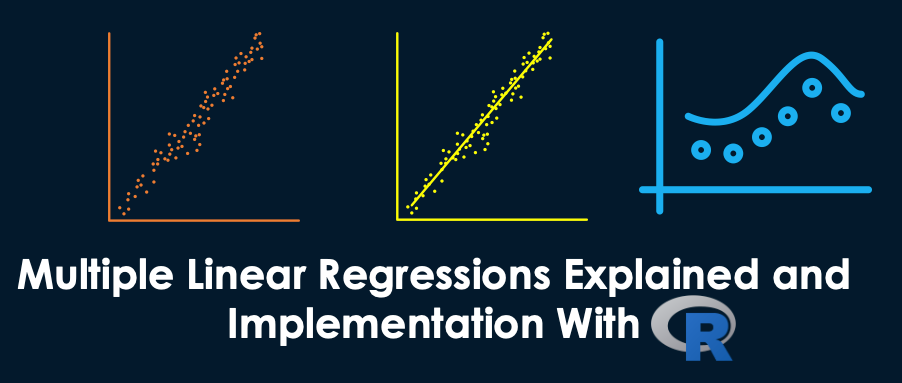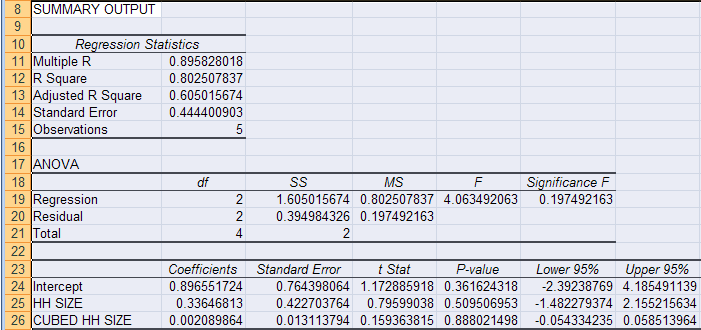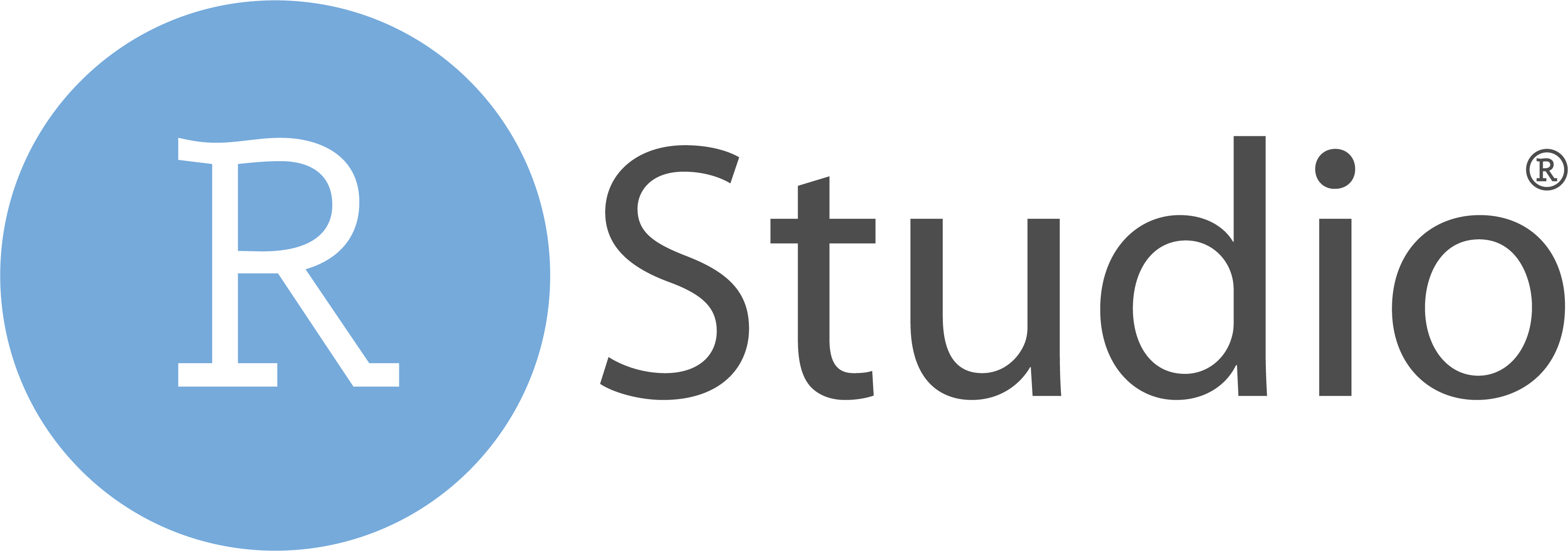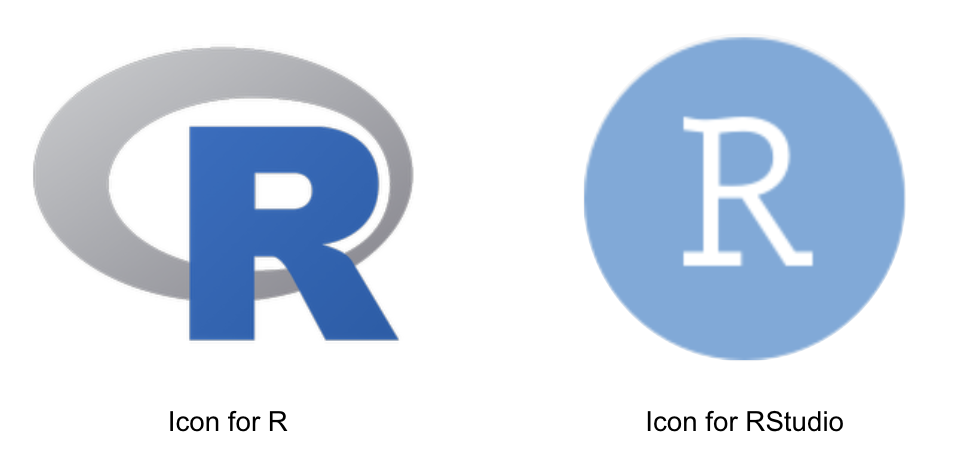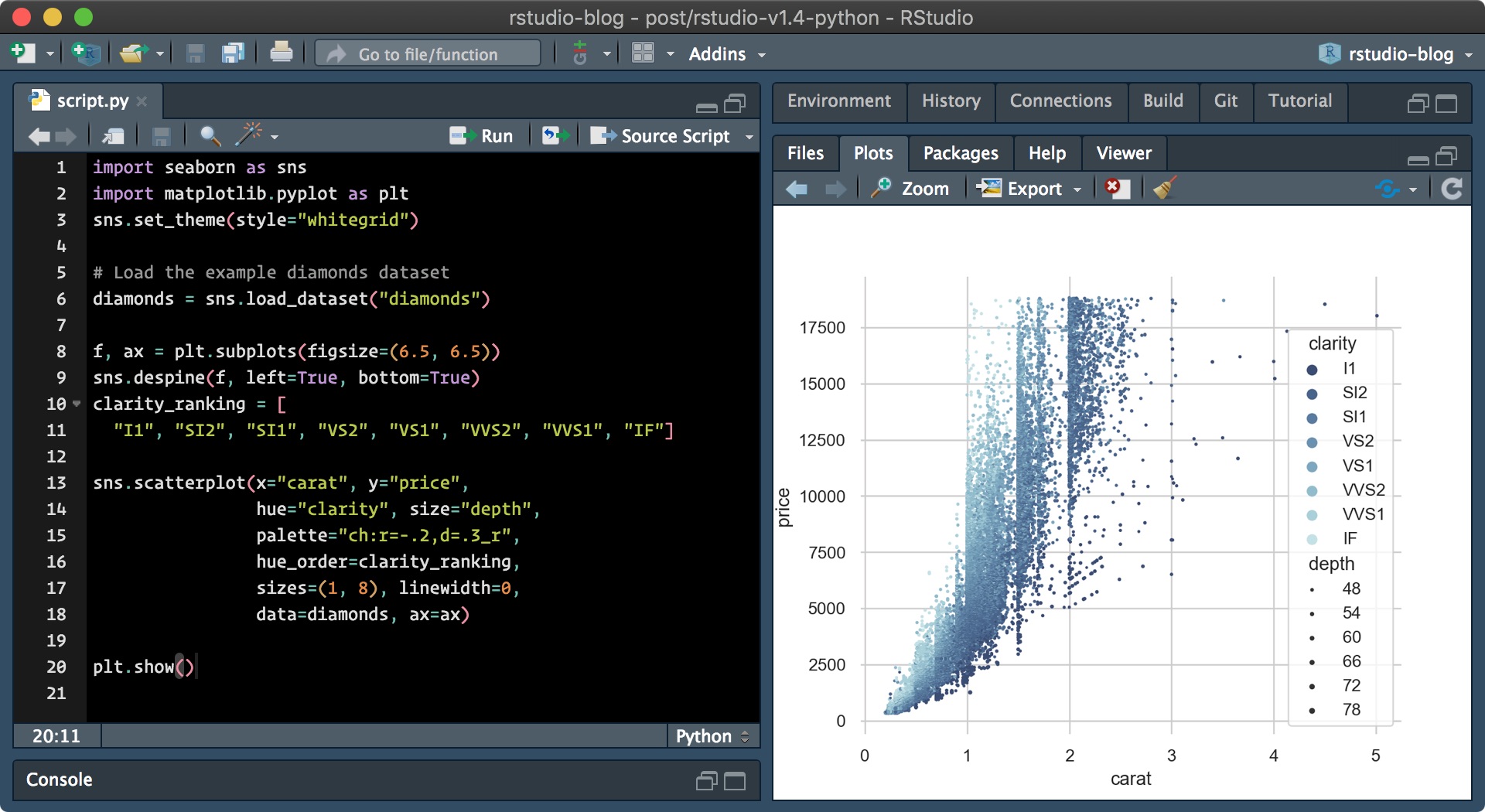R Programming Assignment Help: Exploring Resources and Solutions|2025
Get expert R Programming Assignment Help for data analysis, statistics, and coding solutions. Ace your assignments with step-by-step guidance from professionals.
R programming is a widely-used language for statistical computing and data analysis. Its powerful statistical capabilities, combined with its rich ecosystem of libraries, make it an essential tool for students, professionals, and researchers in the field of data science, machine learning, and statistical analysis. However, mastering R programming can be challenging due to its extensive syntax, packages, and application areas. For many students, seeking help with R programming assignments becomes necessary to ensure a thorough understanding of the concepts.
In this paper, we will explore various ways to get R programming assignment help, ranging from free resources to professional tutoring services. We will also discuss some platforms offering R programming homework help and their significance in improving academic performance.
The Importance of R Programming in Academia and Industry
R programming is a crucial tool in both academic research and professional industries. It is widely used for data analysis, statistical modeling, and graphical representation of data. Understanding R is often a requirement in fields such as:
- Data Science: R is a fundamental language for data analysis and machine learning.
- Statistics: It is the go-to language for statisticians due to its statistical computing capabilities.
- Research: Academics in various domains leverage R for handling large datasets and conducting complex analyses.
For students, learning R is critical as it can influence their performance in coursework, research, and internships.
R Programming Assignment Help Free: Utilizing Open Resources
While professional help is a great option for those willing to pay, many students seek free R programming assignment help, especially when on a tight budget. There are several resources available online that provide free assistance, including:
- Online Forums and Communities: Websites like Stack Overflow, Reddit (e.g., r/Rprogramming), and Cross Validated are rich sources of free help. Students can post their questions and receive assistance from experienced programmers and data scientists.
- Open Educational Resources (OER): Many universities and educational institutions offer free learning materials on R programming. Websites like Coursera, edX, and Khan Academy offer free introductory courses and exercises in R.
- R Documentation and Tutorials: The official R website provides a wealth of documentation, guides, and tutorials that can assist in understanding specific R functions and syntax. Comprehensive guides, like those found on R-bloggers, can serve as excellent free learning resources.
R Programming Assignment Help PDF: Offline Learning Materials
Another option for students who prefer offline learning materials is downloading R programming assignment help PDFs. There are several books and guides available for download that cater to students and beginners. Some notable resources include:
- “R for Data Science” by Garrett Grolemund and Hadley Wickham: This free-to-download PDF book is an excellent guide for anyone starting with R programming. It covers fundamental topics such as data wrangling, visualization, and programming.
- Online PDF repositories: Websites like GitHub, ResearchGate, and academic university websites often provide downloadable PDFs of R tutorials, assignments, and solutions. These PDFs can be used offline and referred to during practical R assignments.
By leveraging such resources, students can learn R programming step by step and work through assignments without relying on online platforms.
R Assignments and Solutions: Why They Matter
Practicing R assignments and reviewing solutions is one of the most effective ways of mastering R programming. Many platforms provide solved R programming assignments, enabling students to better understand problem-solving techniques and coding practices in R. Solutions help students break down complex problems, observe the correct structure of the code, and learn best practices for writing efficient and readable R scripts.
Some platforms where students can access R assignments and solutions include:
- W3Schools: Offers tutorials and sample exercises on R programming, covering a wide range of topics and problems.
- GeeksforGeeks: Provides assignments and solutions focused on both R basics and advanced topics, along with explanations.
- R Tutorials: Websites like RStudio’s official tutorial section offer a practical approach to learning R by providing assignments that come with detailed solutions.
Practicing assignments and reviewing the accompanying solutions helps students build confidence and familiarity with R’s functionality.
Java Assignment Help: A Comparison
Although this paper is focused on R programming, it is helpful to compare it with another popular programming language like Java. Many students studying computer science or software engineering may need Java assignment help as well. Java is a general-purpose programming language that is widely used for object-oriented programming, building applications, and Android development.
Java assignments often focus on concepts such as object creation, inheritance, polymorphism, and exception handling, which are fundamentally different from R’s focus on data manipulation, statistics, and visualization. Both languages, however, require a similar approach to problem-solving and debugging.
For students who face challenges in both Java and R, finding resources that help with both programming languages is crucial. Some websites offer multi-language support, making them useful for students working on assignments in both languages.
R Programming Help Online: Professional Support
R programming help online is widely available from various tutoring services. These platforms connect students with experts who can provide tailored solutions to specific assignments or clarify doubts related to R programming concepts. Some of the most popular online tutoring platforms include:
- Chegg: A well-known academic assistance platform, Chegg offers R programming help online, providing solutions for students’ homework assignments, along with step-by-step explanations.
- Wyzant: This platform allows students to connect with professional tutors, including R programming tutors near them. You can select tutors based on their expertise, reviews, and hourly rates.
- Tutor.com: This service provides online R tutors who help students with programming assignments, offering personalized sessions to ensure a deep understanding of the topic.
Online help allows students to get instant assistance with their assignments, offering the flexibility of choosing tutors based on their schedules and needs.
R Programming Tutors Near Me: Finding Local Experts
For students who prefer face-to-face learning or require personalized attention, searching for R programming tutors near me is a viable option. Many universities and educational centers offer local tutoring services in various programming languages, including R.
Local tutors can offer:
- In-Person Assistance: Personalized face-to-face sessions that make learning more interactive.
- Specialized Focus: Tutors specializing in data science, statistics, or machine learning can provide niche help tailored to specific areas of R programming.
- Customized Learning Paths: Tutors can tailor sessions based on a student’s proficiency, enabling them to work through challenging topics at their own pace.
Local tutoring services also offer the advantage of building a personal connection with the tutor, allowing for a more comfortable and productive learning experience.
R Homework Help: Completing Assignments Efficiently
R homework help is essential for students to complete their assignments on time and accurately. Many students struggle with the complexity of data analysis problems or statistical models that require advanced R functions. When faced with these challenges, students often seek help online to solve homework efficiently.
Some strategies for efficient R homework completion include:
- Break Down the Problem: Divide the assignment into smaller tasks, such as data import, cleaning, analysis, and visualization.
- Use RStudio: RStudio is an integrated development environment (IDE) that simplifies coding and debugging for R programming. It provides essential features like syntax highlighting, autocompletion, and error tracking, making it easier for students to complete assignments.
- Collaborate with Peers: Discussing problems with peers or online communities can provide new insights into solving homework assignments.
Platforms offering homework help ensure that students can complete their tasks with correct and optimized R code.
R Studio: A Powerful Tool for R Programming
R Studio is an open-source IDE specifically designed for R programming. It provides an environment that streamlines coding, debugging, and visualization processes, making it a valuable tool for students working on R assignments.
Key features of RStudio that benefit students include:
- Integrated Environment: The console, script editor, and output viewer are combined in a single window, making it easier to interact with the code.
- Debugging and Error Handling: RStudio’s debugging tools allow users to step through the code, identify errors, and fix them.
- Visualization Tools: Students can easily create high-quality plots and graphs to visualize their data using libraries such as ggplot2 and plotly.
Using RStudio makes learning R more intuitive and efficient, especially for students who need to complete assignments with data analysis and graphical representations.
Conclusion
R programming is a critical skill in data science, statistics, and academic research. However, students often face difficulties when completing R programming assignments due to the complexity of the language and its various applications. Fortunately, there are numerous resources available to assist students in mastering R, including free online forums, downloadable PDFs, tutoring services, and professional help platforms. By utilizing these resources, students can efficiently tackle R programming assignments, gain deeper insights into data analysis, and ultimately improve their academic performance.
Whether seeking free resources or professional tutoring, the key to success in R programming is consistent practice, problem-solving, and utilizing the right tools, such as RStudio. Through dedicated effort and leveraging the support available, students can confidently navigate the world of R programming.
Needs help with similar assignment?
We are available 24x7 to deliver the best services and assignment ready within 3-4 hours? Order a custom-written, plagiarism-free paper

